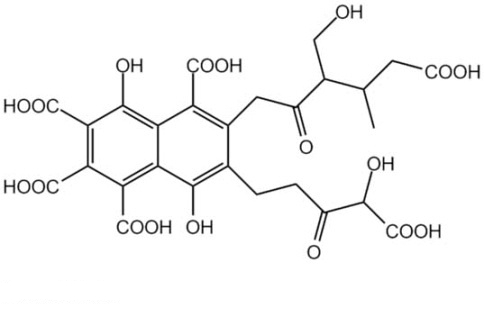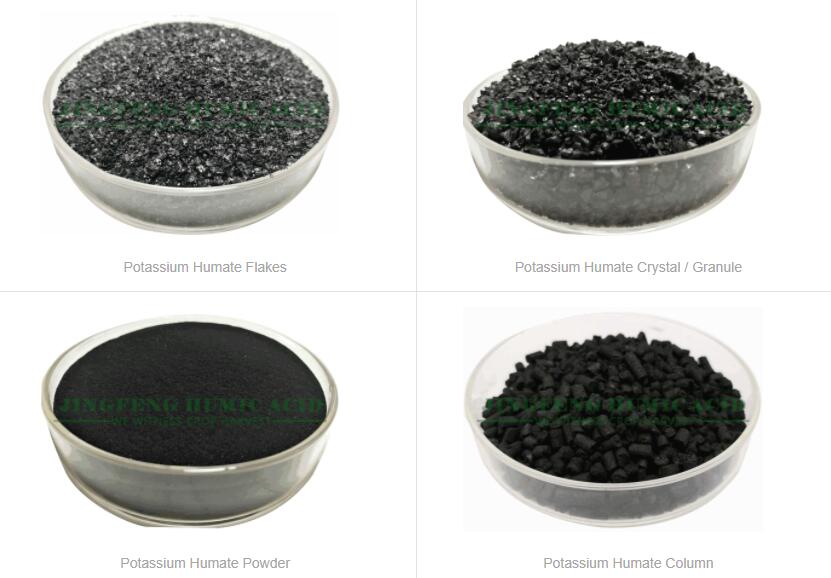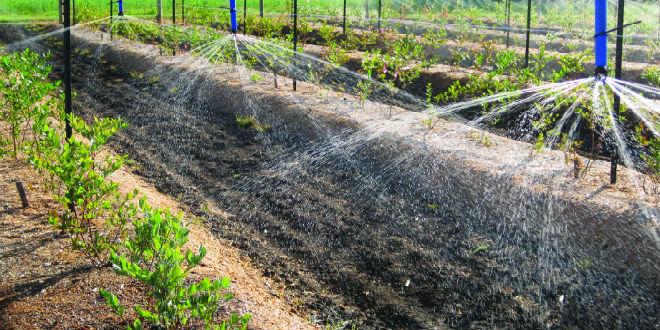-
The content of total humic acid
The total humic acid content refers to the sum of free humic acid and humic acid combined with high-valent metal ions such as Ca2+, Mg2+, Fe3+, Al3+ (the latter is commonly referred to as “bound humic acid”). It can be dissolved in dilute caustic alkali and sodium pyrophosphate. A group of multiple condensed acidic group-containing polymer compounds of sodium phosphate solution.
 The non-humic acid organic matter in lignite and weathered coal cannot be compared with soil organic matter. Except for the humic acid in coal, the organic matter of coal is actually a neutral high molecular polymer that has been “rockified”. And the plant residues such as carbohydrates, lignin, lipids, proteins, and amino acids have disappeared.
The non-humic acid organic matter in lignite and weathered coal cannot be compared with soil organic matter. Except for the humic acid in coal, the organic matter of coal is actually a neutral high molecular polymer that has been “rockified”. And the plant residues such as carbohydrates, lignin, lipids, proteins, and amino acids have disappeared.
Therefore, when coal humic acid is used as a compound fertilizer raw material, the organic matter content is of little significance, and the humic acid content must be used to measure the quality of the raw materials. The level of total humic acid is the most important indicator for choosing humic acid raw material coal.
Coal with a total humic acid content of more than 60% is called high humic acid coal. 40%-60% is rich humic acid coal. And 20-40% is Medium humic acid coal. Less than 20% is lean humic acid coal. The production of humic acid fertilizers generally requires the content of humic acid in the raw materials to be 40%-60%, preferably above 50%.
-
Free humic acid
 Free humic acid refers to humic acid that can be extracted directly with sodium hydroxide solution, that is, humic acid that is not combined with metal ions such as calcium and magnesium and whose acidic groups remain free.
Free humic acid refers to humic acid that can be extracted directly with sodium hydroxide solution, that is, humic acid that is not combined with metal ions such as calcium and magnesium and whose acidic groups remain free.
Free humic acid can be activated by adding ammonium bicarbonate and ammonia water to convert into ammonium humate that can be water-soluble and directly absorbed by crops. The high-valent metal ions such as calcium and magnesium in the raw materials can easily form humates with humic acid. Which are difficult to withstand dilute alkali, which will increase the difficulty and cost of activation.
-
Water-soluble humic acid (fulvic acid)
 Water-soluble humic acid refers to the humic acid (mainly refers to fulvic acid and humic acid monovalent metal salt) that is dissolved in mineral source humic acid and fertilizer humate products (mainly refers to fulvic acid and humic acid monovalent metal salt).Soluble humic acid is the main quality index to measure the application performance of humic acid fertilizer and humate products.
Water-soluble humic acid refers to the humic acid (mainly refers to fulvic acid and humic acid monovalent metal salt) that is dissolved in mineral source humic acid and fertilizer humate products (mainly refers to fulvic acid and humic acid monovalent metal salt).Soluble humic acid is the main quality index to measure the application performance of humic acid fertilizer and humate products.
The function of humic acid varies according to its molecular weight. Large molecular weight humic acid is difficult to be absorbed by roots, and its main function is to improve soil, such as forming agglomerated structure. Small molecular weight humic acid, good water solubility, easy to be absorbed and utilized by the roots, has a quick effect. And a product with a high fulvic acid content has a quick and significant fertilizer effect.






